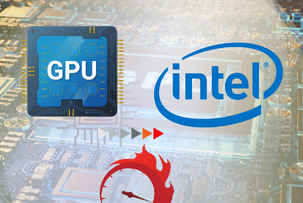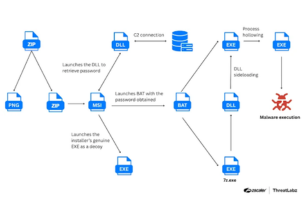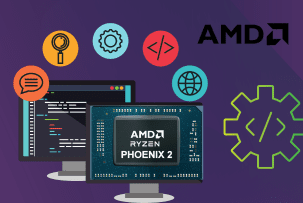AMD Brings Back the Past with Ryzen 100 and Ryzen 10
15:01, 29.10.2025
Just when you thought AMD’s naming scheme had settled, here come the Ryzen 100 and Ryzen 10. If you’ve spent the last few years learning how to decode Ryzen labels, get ready to do it again. AMD’s latest naming shuffle revives some old ideas with a modern spin.
The Ryzen 300 series now covers the Strix Point and Krackan chips, while Ryzen 200 is built around Hawk Point and Phoenix. Ryzen 100 was planned long ago but never really appeared. Now it’s finally official, even though the lineup technically already existed under Ryzen 6000 and 7035 — the Zen3+ generation known as Rembrandt.
Ryzen 7 170: Old Core, Fresh Face
The flagship of the new range, Ryzen 7 170, sits right between Ryzen 7 6800U and 6800H. It carries an 8-core Zen3+ design with Radeon 680M graphics and a 28W TDP. Think of it as a balanced chip: efficiency close to the U-series, speed that rivals the H-series. The processors fit into FP7-R2 sockets and support DDR5 memory.
Some Ryzen 100 chips even share almost identical specs with their predecessors, like the Ryzen 6800H reborn as the 7735H. The change, then, is mostly about branding rather than engineering.
Ryzen 10: The Entry-Level Revival
Ryzen 10 takes the lower end of the market, using Zen2-based Mendocino chips from the old Ryzen 7020 series. These 4-core CPUs support LPDDR5 memory and include Radeon 610 graphics with two compute units. You’ll see names like Ryzen 3 30 and Ryzen 3 40 on budget notebooks.
So next time you browse laptops and spot Ryzen 7 170 or Ryzen 3 40, don’t be fooled — it’s the same power you’ve seen before, now wearing a simpler, more “Intel-style” badge.


